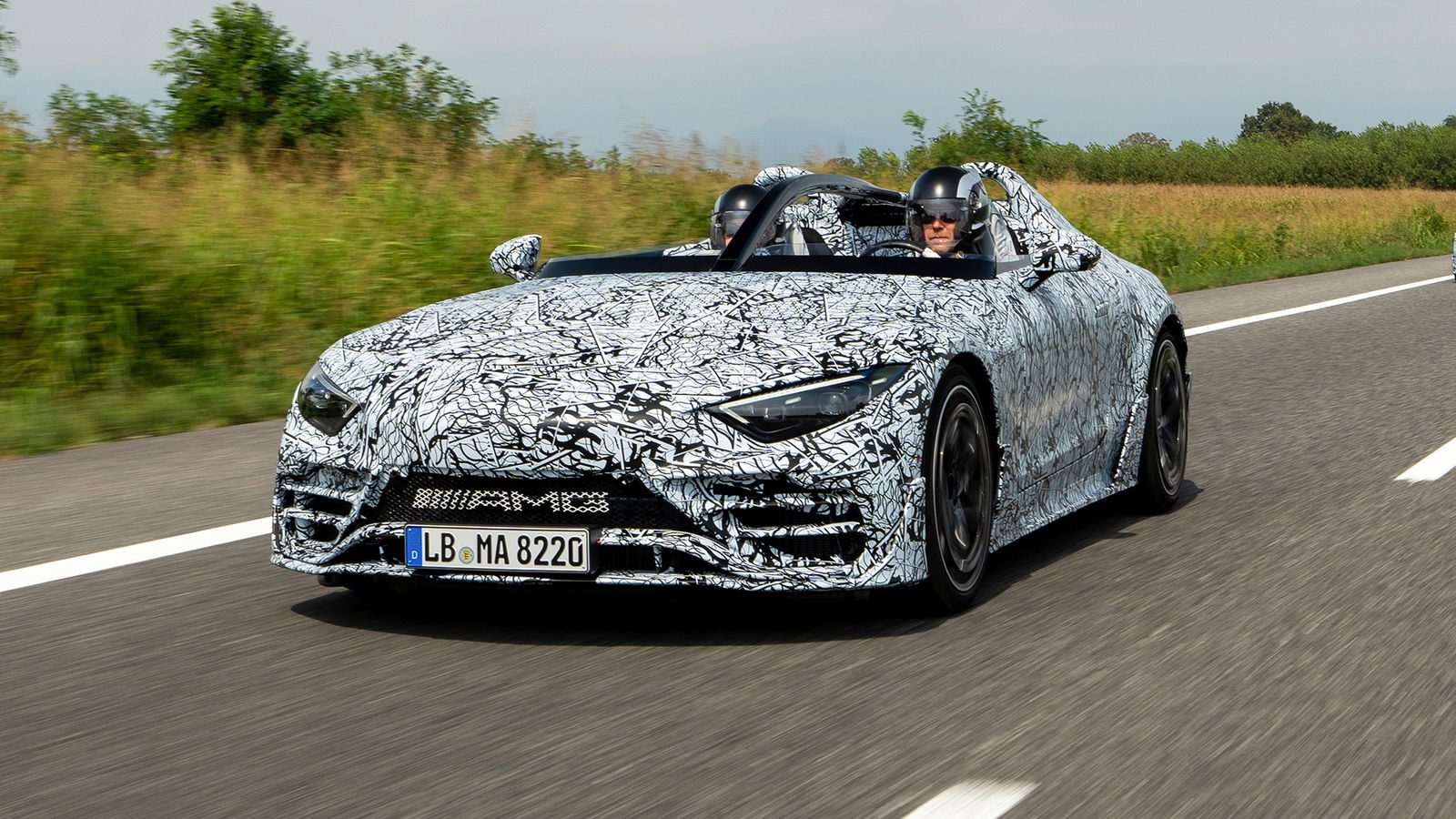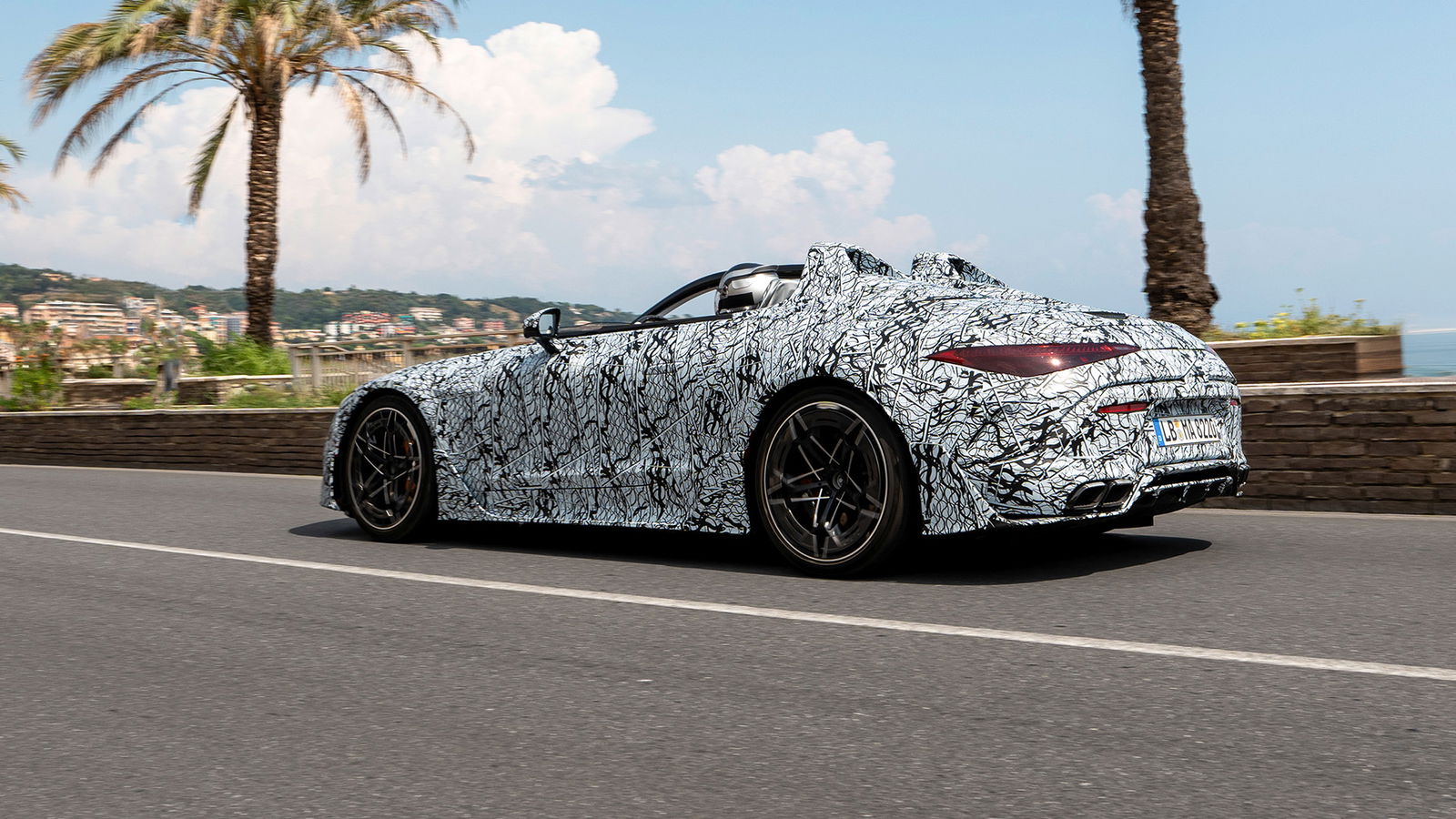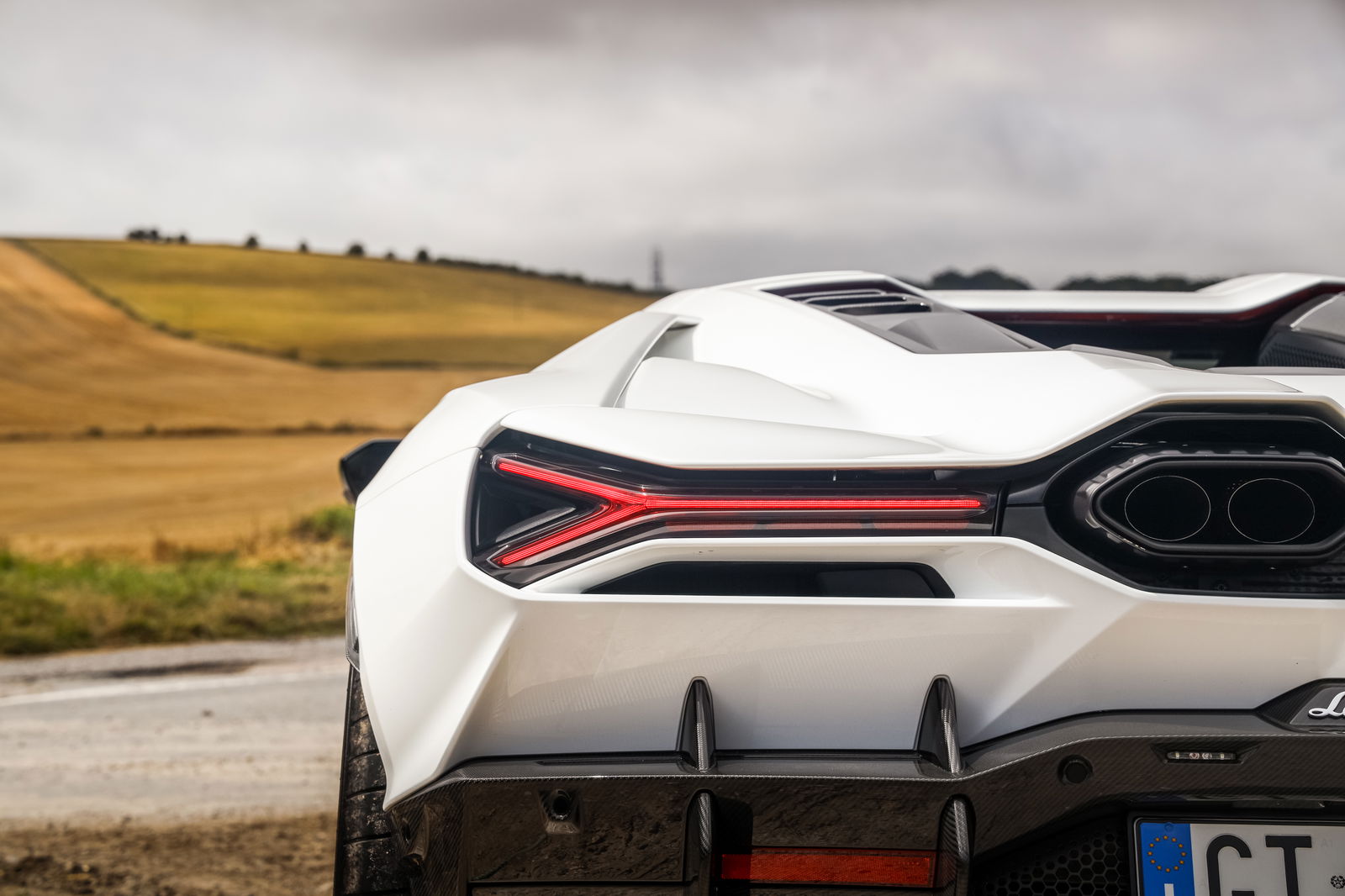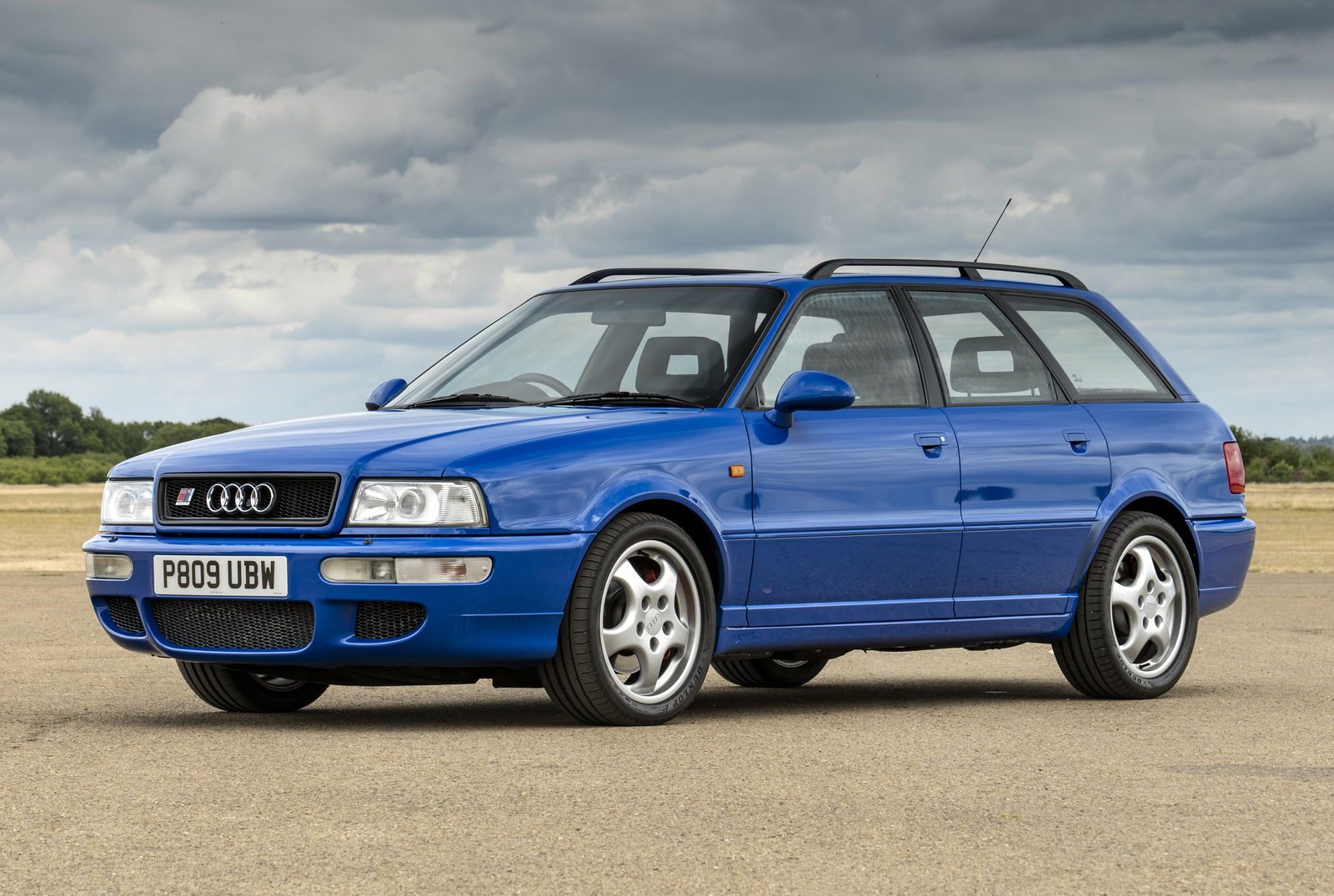Please, Do Not Let Halos Become A Road Car Trend

Halos have been one of the greatest inventions in improving the safety of modern open-cockpit race cars. Looking back on times before, it’s almost mad to think that racing drivers for decades have simply had their heads fully exposed to the elements and the dangers of flying parts and rollovers for decades.
Since becoming mandatory in Formula One in 2018, the halo has undoubtedly prevented countless injuries and at least one near-certain death in the sport.
Had it not been for that large pillar of carbon when Romain Grosjean’s Haas speared into an armco barrier and burst into flames at the 2020 Bahrain Grand Prix, it’s all but guaranteed he wouldn’t still be here today. Anyone who doubted the halo before was quickly silenced, and it’s no surprise to see it widely adopted now in other single-seater series.

It makes sense on race cars. The nature of wheel-to-wheel racing is parts can go flying, be that wheels, bits of carbon or, as Felipe Massa unfortunately experienced in 2009, a stray shock absorber. And if you flip a single-seat racing car, there are no automatically deployable roll bars to aid you, and it’s possible they’d cause more issues at that kind of speed. Which is why a fixed roll hoop also exists.
The thing is though, halos are ugly. That’s not something to be considered on a purpose-built racing machine, but it should matter for road cars. Which has left me a little baffled by the first prototype shots of the Mercedes-AMG Purespeed.
This isn’t a surprise, really. The concept for the Purespeed was revealed earlier this year sporting a halo to give a direct link to Mercedes’ F1 efforts, and I didn’t like it then. Mercedes confirmed a production version of the speedster, but it wasn’t clear just how similar to the concept it would be.

The answer, it turns out based on some prototype shots, is nearly identical. Make what you will of the rest of the car, but I can’t look beyond that halo. Mercedes explicitly states “It protects the occupants in the event of an accident”, but what is it really protecting? It splits the seats, leaving both driver and passenger pretty much just exposed to the elements as they would be without it.
Notice both heads are poking above the rear of the bar too, so in the event of a rollover, it’s not really doing a great deal to protect those skulls from the road. No wonder Mercedes is offering matching helmets with the car, and you know, the two big roll hoops behind them.
I’m sure Mercedes engineers could provide me with some logical explanation for rigidity and an extra element of safety, but I can’t escape the feeling it just looks ugly and pretentious.

Solutions already exist for the road, and the trivialisation of safety features like the halo is something that should stop in its tracks before everyone with an open-top car begins to clock on to it. Too long, didn’t read it; it's ugly and pointless. Please stop it before it’s too late.



Comments